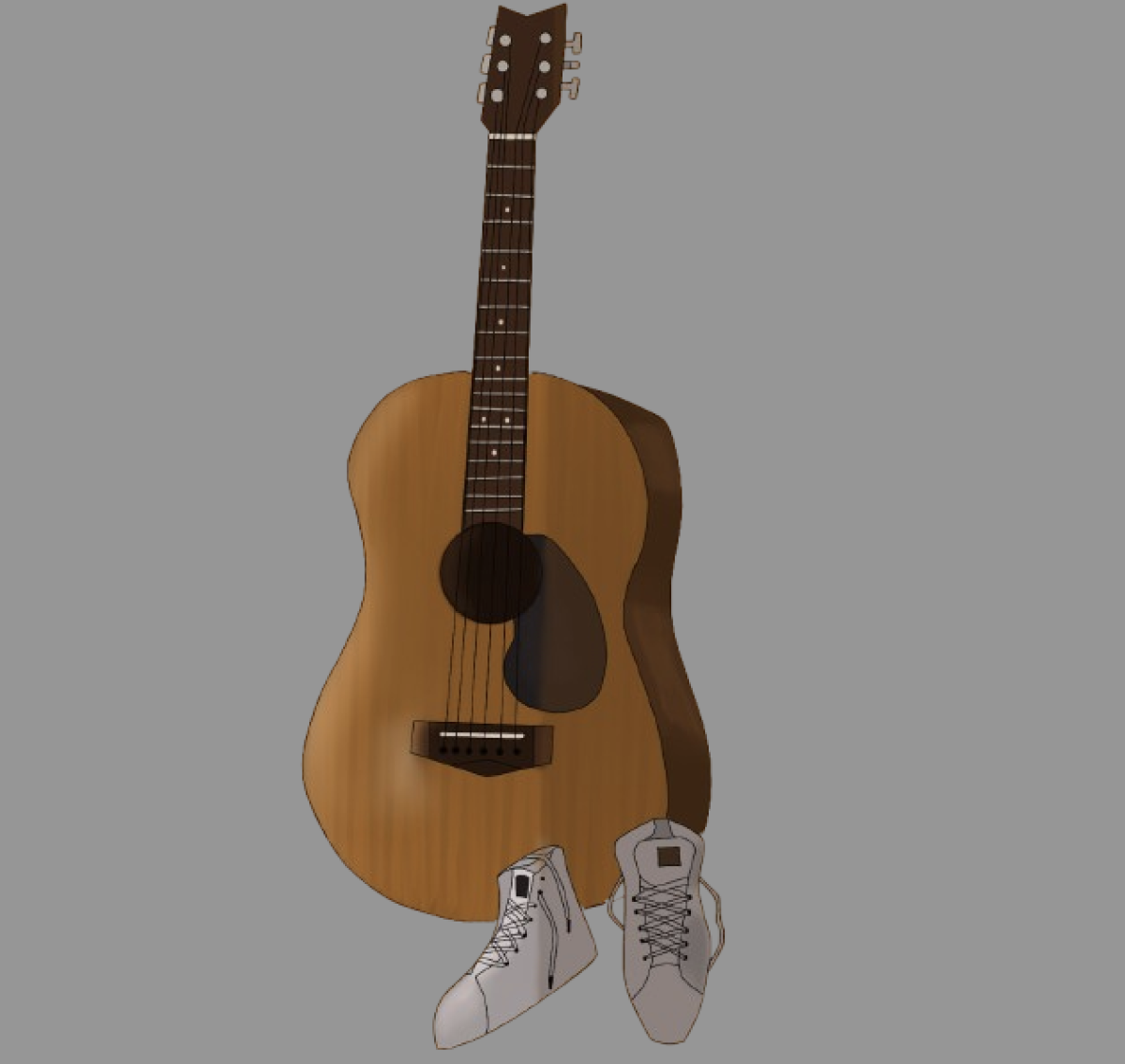Shoegaze is a subgenre of alternative rock and indie music that first saw popularity in the ‘80s and ‘90s. The term “shoegaze” came from British music critics who made fun of how shoegaze musicians looked down at their guitar pedals while playing. The name was used as a mocking representation of the affected boredom and split from more mainstream rock that was typically associated with shoegaze music. However, kids today may know it as “dream pop,” which was popularized by Gen Z on TikTok. While some argue that dream pop and shoegaze are slightly different, many see dream pop as the evolved, modern version of ‘80s and ‘90s shoegaze. The shoegaze genre and dream pop genre, named for dreamlike distorted guitar riffs, synths and soft, often unintelligible lyrics, have experienced a substantial revival on social media over the past year.
In 2023 and 2024, both old and new shoegaze artists saw renewed popularity on TikTok. This resurgence can be attributed to Gen Z’s enjoyment of retro music and the serendipitous virality of up-and-coming shoegaze musicians. Combine that with original ‘80s and ‘90s bands scheduling reunion tours, and older fans are lured back in as well. Some news outlets have even declared that the genre is bigger than it has ever been, thanks to the ease of accessing it on streaming services and social media.
Spotify says that its “Shoegaze Now” playlist had an 800% increase in streams in 2023, and daily searches for shoegaze increased by 220%. Gen Z listeners make up 60% of shoegaze listeners, which is a testament to its growth in popularity. This isn’t just a nostalgic resurgence, however; there are new, young artists on the rise who put a modern twist on the old sound and could become mainstays in the alternative rock realm. For example, a college student who goes by the name “Wisp” on social media created a song titled “Your Face” in 2023, which has since amassed nearly 75 million Spotify streams. She signed a deal with Interscope Records and has sold out concert venues since. Of course, the older bands are still a big draw for seasoned fans. Slowdive, an English band from the original shoegaze craze, recently released a Long Play (LP) titled “Everything is Alive” and has been touring successfully across Europe, Asia and the United States this year.
The genre has even reached students at Cherry Hill High School East, such as Angela Abdula (‘26) who became a fan because she “prefers the instrumental [over] the vocals and shoegaze usually has louder instruments than vocals. [She also] genuinely just loves louder music.”
Above all, the revival of shoegaze and the emergence of the term “dream pop” is evidence of how the music cycle – and our culture in general – functions. It may seem like the mainstream hivemind chews and spits out trends faster than new ones can be created, but just be- cause something is out of the spotlight doesn’t mean it disappears into obscurity forever. Sometimes it re-emerges with a modernized feel, or sometimes it is simply rediscovered and enjoyed by people once again. Shoegaze is the perfect example of people, both young and old, of any generation and stage of life, coming together to appreciate the magical expression of art.


